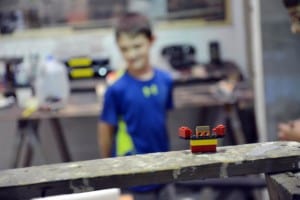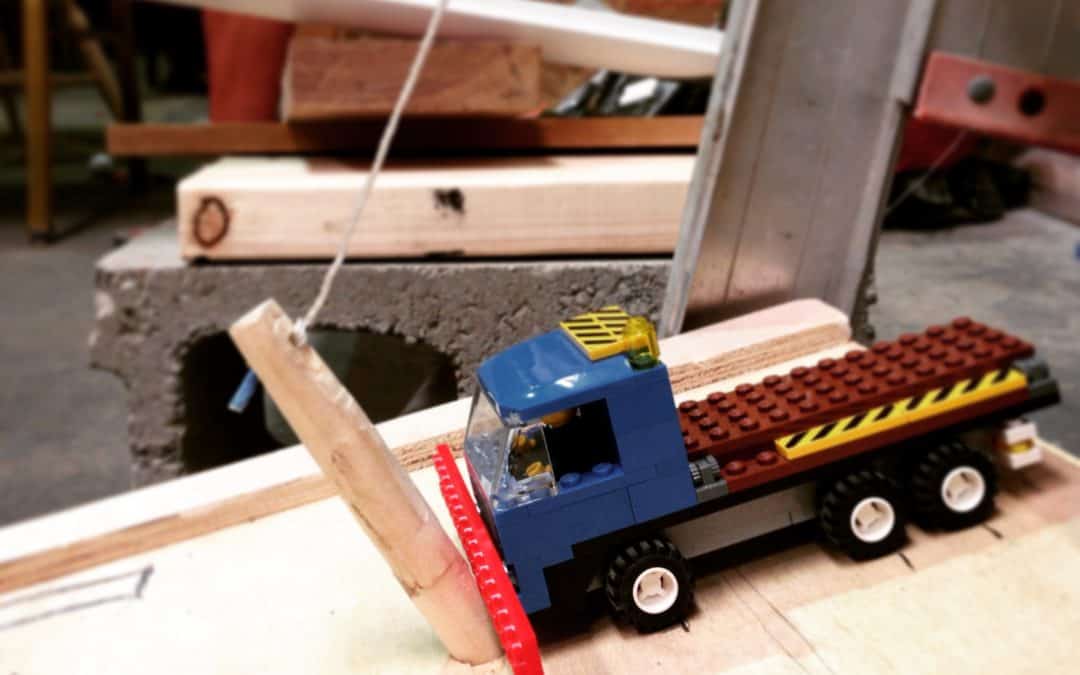If you’ve ever wondered about the benefits of learning woodworking skills, there is a great story that comes to mind.
Back in 1905, a young 14-year-old was apprenticed to learn carpentry with his older brother in Denmark. He then went abroad to work as a carpenter in Germany and Norway. While in Norway, he met his future bride with whom he eventually had four children. Returning to Denmark, he used his savings to purchase a carpentry shop and lumberyard, where he would spend the next several decades working and raising his family.
By 1932, the business was producing wooden products for daily use, such as ironing boards and ladders. However, demand had dropped sharply due to the global financial crisis during the World Wars, and this man had to find a new niche to stay afloat. Surprisingly, he discovered that the demand for wooden toys remained unabated even during difficult times. With such a strong background in woodworking, he was able to quickly change the direction of production. While continuing to produce his original wooden products, the company focused on the development of over 30 different wooden toy sets. They were not inexpensive, by all accounts, but they were selling and business was booming. The “first wood toys were large and simple in construction. His first designs included mostly vehicles, ferries, airplanes and buses, such as the massive 6 Hjul Rutebil (6-wheeled bus). Although simple in design, the toys were finished impeccably and built with the same quality that Ole made furniture. Wood, typically birch, was brought in from the forest and air-dried for two years, then kiln-dried for three weeks. The assembled toys were sealed, sanded, primed and finished with three coats of paint.” (lego.wikia.com) Due to the change to large-scale toy production, this man needed to rename his business. He held a company-wide naming contest and received many suggestions from his factory employees; however, he finally came up with the name himself: Lego, which is derived from Danish “leg” and “godt”, which together mean “play well.” It was only later that this man, Ole Kirk Christiansen, came to learn that Lego means “I put together” in Latin. This had a dramatic impact on the future of the company.
Not too long after re-branding, Lego took notes from the Kiddicraft Self-Locking Building Bricks being sold in England. Then, in 1947, a British salesman introduced Mr. Christiansen to injection molding equipment and the toy Lego bricks we know and love today were born… all thanks to a background in woodworking.
And then some,
Your Friends @ OBP



Recent Comments